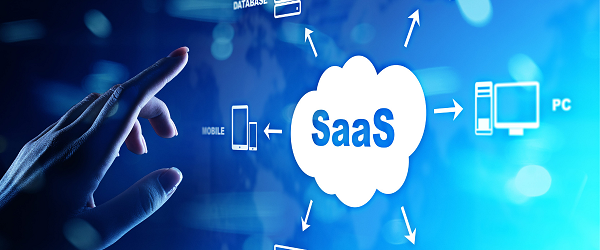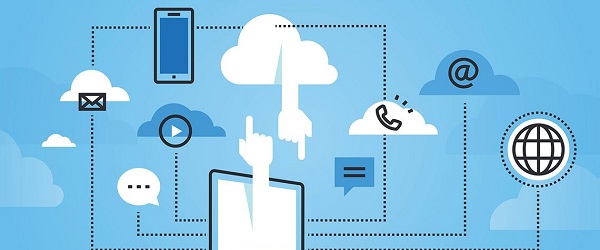Migrating to a SaaS delivery model is not about simply moving your app to the cloud. Every migration process is unique for the specific business case. Companies start off by facing various challenges from the market and competition. Each of them may also have their own technical and legacy constraints. Although every journey can be different, there are some integral principles that form the overall migration strategy. Following these guidelines can ensure a successful SaaS migration.
Business First Mindset before Migration to SaaS
One of the key concepts here is having a business mindset first and a technical approach second. The move to SaaS begins with business strategy and goals. Do not let the technical aspects pressure you to rush with your SaaS migration process.
Your business needs have a definite influence on the path and the top priorities for your SaaS project migration.
When crafting your strategy, focus on the questions that unleash the most about what your future product will look like:
- How can SaaS help us grow our business?
- Which segments are we targeting?
- What is the size and profile of these segments?
- What tiers will we need to support?
- What service experience are we targeting?
- What is our pricing and packaging strategy?
Anyone who had previous experience with SaaS migration knows that most of the time answers to these questions influence the answers to technical questions such as:
- How do we isolate tenant data?
- How do we connect users to tenants?
- How do we avoid noisy neighbor conditions?
- How do we do A/B testing?
- How do we do based on tenant load?
- Which billing provider should we use?
Introduce True SaaS Experience: Shared Services for Identity, Onboarding, Metrics, and Billing Management
The key concept embraced by all SaaS solutions is having shared services surrounding your application. These services are used by SaaS business owners for identity, onboarding, metrics, and billing management. From the migration point of view, these services play a titular role. You’ll need services to manage and monitor your SaaS solution centrally.
The general goal is to get your application running in a SaaS model with basic functionality. It allows you to improve the customers' experience instantly with ongoing updates based on incoming feedback.
That’s why implementing these services should be at the forefront of your migration path. It allows you to present a true SaaS experience to your customers no matter what SaaS deployment architecture you choose.
You can make further modifications to your app and its architecture at a later stage. How much you modernize your application will vary based on the nature of your legacy environment, market needs, cost considerations, and so on.
Support your SaaS migration process
Your team can handle the business aspects of your SaaS migration, but understanding the technical side may be challenging. Once you have planned a sound business strategy, the next step is to address the technical challenges. This involves assessing and adjusting your application and data for the new cloud environment. Integrating data migration testing into this phase is about identifying and resolving any data compatibility or performance issues before they impact your SaaS operation. Seek professional support from SaaS development company who have expertise in setting up the necessary shared services environment for your customers and ensuring a smooth and secure transition of your data to the cloud.
Rate this article
Recommended posts
Our Clients' Feedback





































Belitsoft has been the driving force behind several of our software development projects within the last few years. This company demonstrates high professionalism in their work approach. They have continuously proved to be ready to go the extra mile. We are very happy with Belitsoft, and in a position to strongly recommend them for software development and support as a most reliable and fully transparent partner focused on long term business relationships.
Global Head of Commercial Development L&D at Technicolor